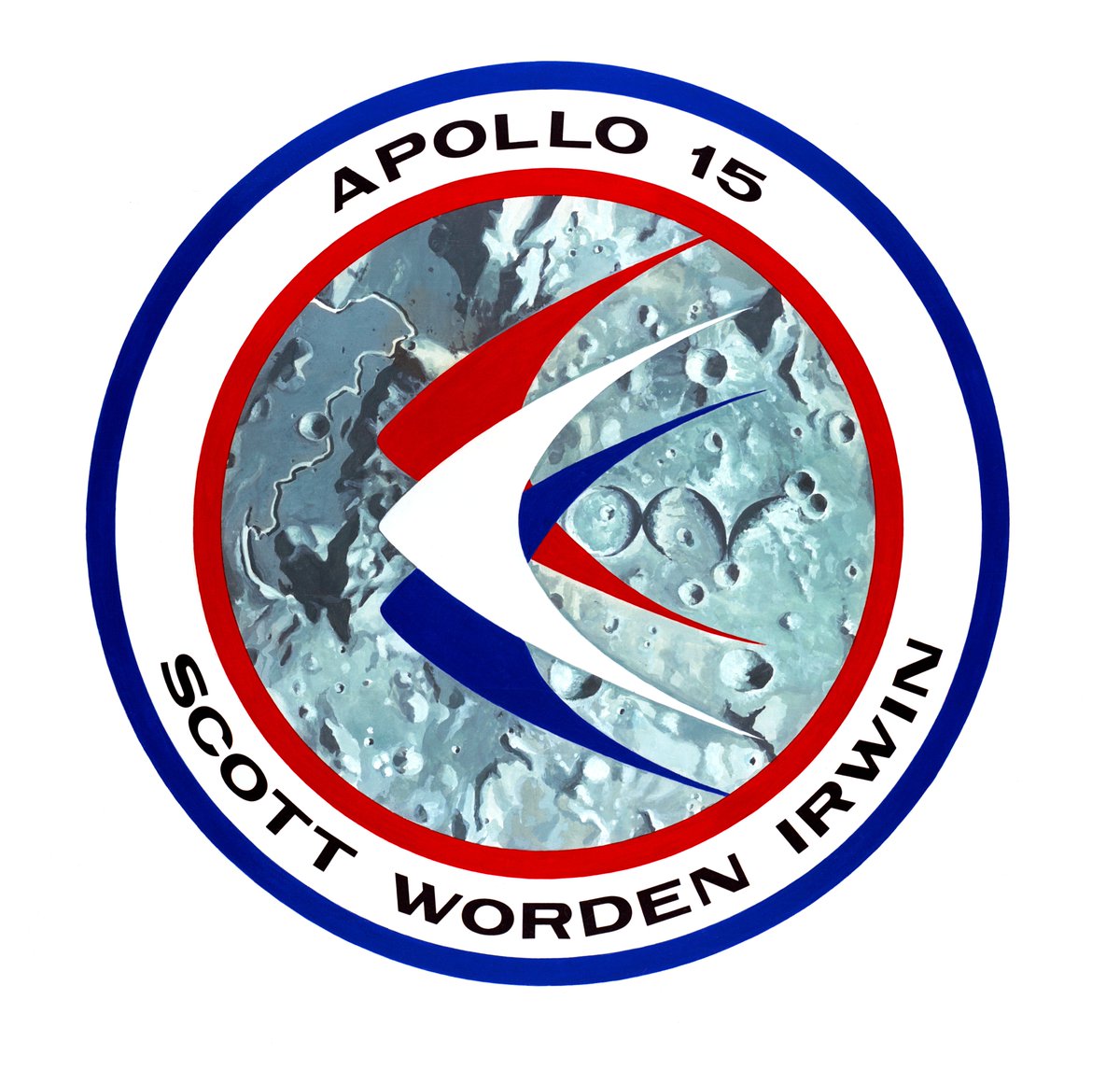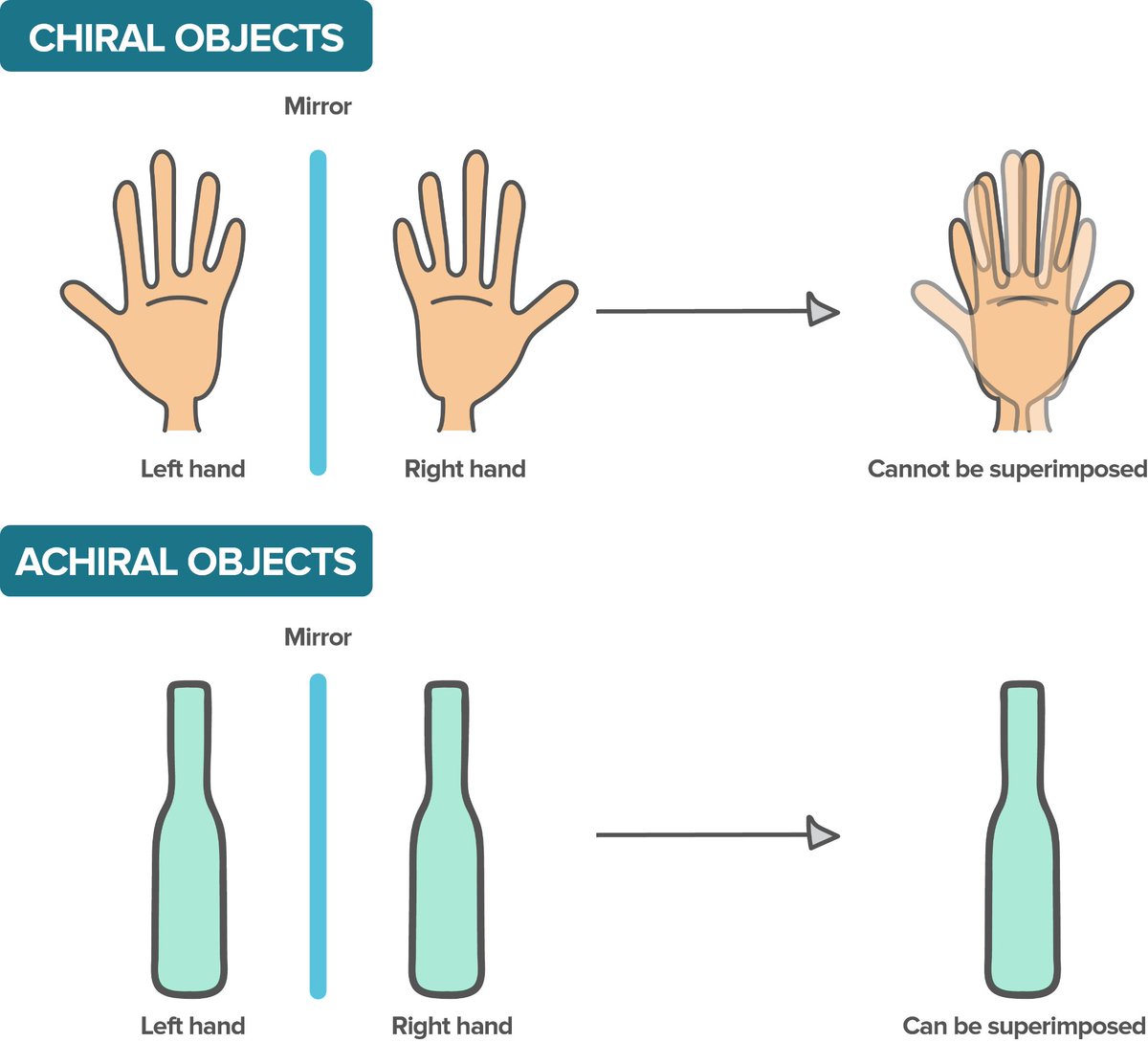51 Years Ago Today-
We Choose to Go to the #Moon.
At 9:32 a.m. EDT on July 16, 1969, a Saturn V rocket carrying three American astronauts set off on a journey to land on the surface of the Moon. #Apollo #Space
We Choose to Go to the #Moon.
At 9:32 a.m. EDT on July 16, 1969, a Saturn V rocket carrying three American astronauts set off on a journey to land on the surface of the Moon. #Apollo #Space

Apollo 11 is pictured here at liftoff, with an American flag flying in the foreground. Neil Armstrong, Buzz Aldrin, and Michael Collins were on their way to the Moon, riding nearly 7.6 million pounds of thrust from the first stage of the Saturn V.
The Apollo 11 astronauts spent thousands of hours in simulators and test vehicles in the years and months leading up to their mission.
Through the combined effort of over 20,000 companies, and over 400,000 NASA personnel, three humans were sent to the Moon.
Through the combined effort of over 20,000 companies, and over 400,000 NASA personnel, three humans were sent to the Moon.
All of that preparation went into a mission that lasted 8 days, 3 hours, 18 minutes, & 35 seconds. Apollo 11 may have been brief, but it’s one of the most important historical events in human history.
Pic- @NASA
Post- A piece I wrote for the @kscosmosphere’s #50DaysofApollo11
Pic- @NASA
Post- A piece I wrote for the @kscosmosphere’s #50DaysofApollo11
Here’s another post I did for the @kscosmosphere last year!
All smiles for #Apollo11-
The Apollo 11 prime crew are all smiles in this picture that was captured during a “walk-through egress test” in June of 1969.
All smiles for #Apollo11-
The Apollo 11 prime crew are all smiles in this picture that was captured during a “walk-through egress test” in June of 1969.

Pictured here, from left to right, are Neil Armstrong, Michael Collins, and Buzz Aldrin. They were inside the Command Module (CM) for a “hands-on test… in preparation for the first manned lunar landing mission.”
If they look cramped in the CM, it’s because that spacecraft wasn’t very big on the inside. While the Apollo CM was larger than the Gemini and Mercury spacecraft, it wasn’t exactly roomy when you put three fully grown astronauts inside.
The CM had “a habitable volume of 210 cubic feet” while the Lunar Module had an even roomier 235 cubic feet.
Who else would be willing to cram themselves into a small #spacecraft if it meant you could head to the #Moon? #Space #Apollo50
Who else would be willing to cram themselves into a small #spacecraft if it meant you could head to the #Moon? #Space #Apollo50
Here’s another one of my favorite #50DaysofApollo11 posts.
The Apollo 11 Saturn V is shown here starting the 3.5-mile journey from the Vehicle Assembly Building (VAB) to Pad 39A. The rollout took place on 5/20/69, just 2 days after Apollo 10 launched from Pad 39B. #space
The Apollo 11 Saturn V is shown here starting the 3.5-mile journey from the Vehicle Assembly Building (VAB) to Pad 39A. The rollout took place on 5/20/69, just 2 days after Apollo 10 launched from Pad 39B. #space

Today's picture shows the VAB to the left, the Launch Control Center (the shorter building painted white), and the crawler-transporter moving the mammoth Saturn V to the launchpad.
One of NASA's massive crawler-transporters carried the Saturn V rocket to the launch pad. #SaturnV
One of NASA's massive crawler-transporters carried the Saturn V rocket to the launch pad. #SaturnV
These machines were built in 1965, and have supported Apollo, Skylab, and Shuttle missions.
NASA's crawler-transporters have a top speed of 1 mph while loaded, so the journey from the VAB to Launch Pad 39A wasn't exactly quick.
NASA's crawler-transporters have a top speed of 1 mph while loaded, so the journey from the VAB to Launch Pad 39A wasn't exactly quick.
Crawler-Transporter 2 is being refitted to accommodate the future launches of the Space Launch System. The other crawler is "expected to take commercially operated rockets and spacecraft" to a launch pad.
#SLS
Picture & quote- @NASA
#SLS
Picture & quote- @NASA
Steak and Eggs, Part of a Well Balanced Pre-Launch Breakfast.
The pre-launch breakfast tradition of steak and eggs started during the Mercury program when Alan Shepard had steak and eggs for breakfast before his historic first launch.
The pre-launch breakfast tradition of steak and eggs started during the Mercury program when Alan Shepard had steak and eggs for breakfast before his historic first launch.

From left to right, astronauts Bill Anders, Neil Armstrong, Michael Collins, Buzz Aldrin, and Deke Slayton, are pictured as they dined on steak, eggs, and toast, plus some coffee and orange juice. #Apollo
Traditions are an essential part of spaceflight, and the pre-launch breakfast tradition carried through to the Space Shuttle era.
We don’t know about you, but this meal sure looks tasty! Count us in during the next pre-launch breakfast!
Picture- @NASA
We don’t know about you, but this meal sure looks tasty! Count us in during the next pre-launch breakfast!
Picture- @NASA
That’s it for tonight. It’s been a busy day with work. Looking forward to a week off of everything so I can relax, write, & enjoy some time with my GF and her family. Happy 51st Apollo 11 anniversary to all of you!
• • •
Missing some Tweet in this thread? You can try to
force a refresh













